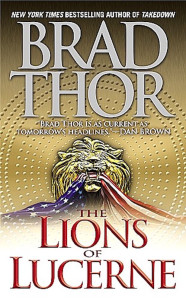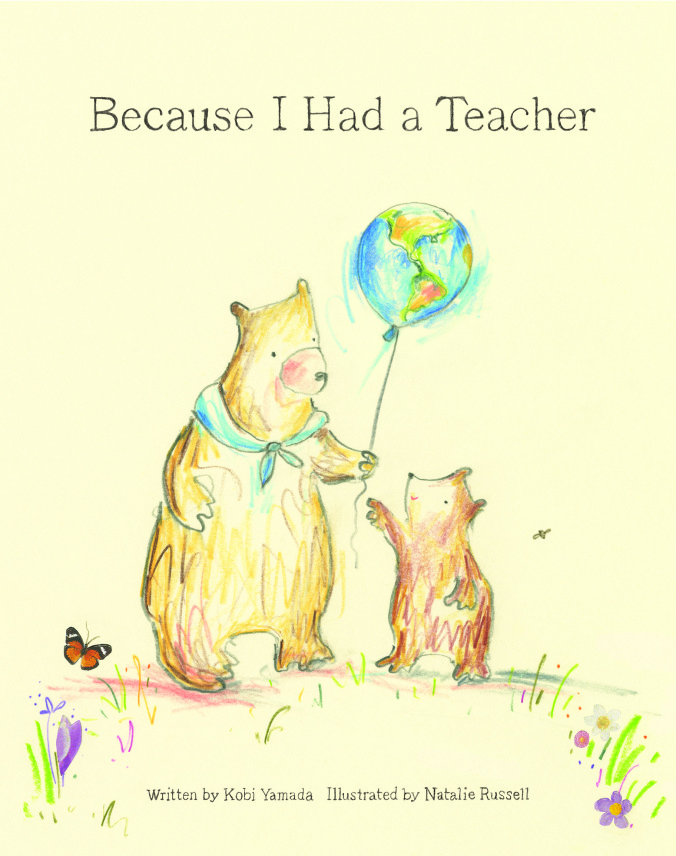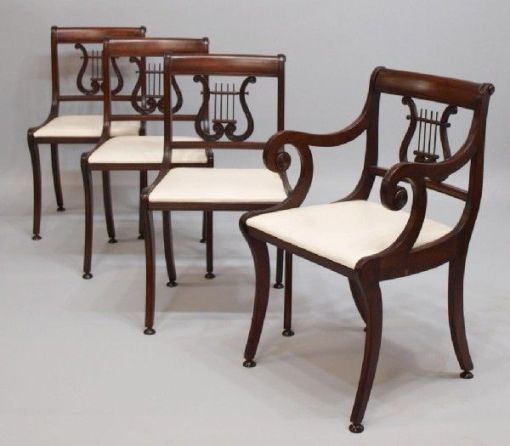Welcome back to our Tuesday segment, where we’ll be revisiting some of our most popular posts from the last few years. What’s stayed the same? And what’s changed? We’ll be updating you on the facts, and taking a new (and hopefully refreshing) angle on a few timeless classics of Self Publishing Advisor.
∗∗∗∗∗
[ Originally posted: November 4th, 2010 ]
So how did that work out, anyway? Pretty good, actually.Ten years after the success of his debut novel, bestselling author of “Kidnapped,” AJ Davidson, has made the switch to independent self-publishing. With the availability of full-service publishing options on the rise and the high profile moves of established authors to independent publishing, AJ discusses the increasing appeal of this new model for traditionally published authors.
Q: What was the deciding factor for moving to independent publishing?
A: Initially I wasn’t entirely sure if Indie publishing was right for me. The deciding factor was how traditional publishers seem to be narrowing the range of their lists with each passing year. I recently compared 1970s best sellers with the 2010 best sellers and was staggered to realize how many of the chart-topping writers of yesteryear are still there four decades later. Kudos to the authors for consistency, but the dearth of new names is a sad indictment for the publishing world. The smaller presses are more adventurous, but more often than not the marketing will be left to the author, and if that’s the case, then Indie publishing is the way to go.
Q: Now that you manage the marketing independently as well as the publishing, do you find it difficult to switch back and forth between writing and marketing?
A: I have found the change in my writing to be a dramatic one. In the past I was the only one I had to please with a piece of prose. Now I’m much more aware of the readers’ attitudes. As I write I find that I ask myself constantly how the readers would react. This transformation is due largely to the immediacy of Indie publishing. With a traditionally published book there can be years between writing and publication. Your agent might suggest minor changes. It may then take time for the manuscript to be accepted. The publishers will nominate a slot, often a year or more in the future. Libel lawyers may have to cast an eye over it. Copy and proof editors will refine the work. Artwork will be done. By the time the book hit the shops, the writer will have moved on, often immersed in another project. I often felt a sense of detachment from a book by the time it was published.
Q: The list of well-known authors that are moving toward Independent publishing structures continues to grow. Do you think this is opening up possibilities for less established authors or monopolizing what was formerly their only option?
A: I’m optimistic about the future of Indie publishing and would buy shares in Smashwords faster than in Barnes & Noble. The fate of the traditional bookstore will be down to specialization. I doubt if they can continue being all things to all people. We already see some very successful stores concentrating in one or two genres. This genre specialization will develop, and no doubt the giants of the retail industry have a trick or two yet. I expect some form of stratification will enter Indie book publishing.
Perhaps a division between the one book author and the multiple author. Certainly we have seen a rise in the popularity of book series in the last decade and readers do enjoy embarking on journeys with writers they admire. It is anyone’s guess where will this leave the authors of a single text. Bad news for the Harper Lees and Margaret Mitchells.
Q: You give your work away for free. Can you explain your strategy on this?
A: Giving away the occasional free book is an established marketing tool. The first Walter Mosley book I read was a magazine freebie, and I became a huge fan. It’s a great way of increasing consumer awareness. I have had readers read my free e-books, then go buy the paperback. I still have the Mosley book, but I also bought another edition of it.
Q: How relevant is your success with traditional publishing to your reputation as an independent author?
A: Being a traditionally published author who switched to Indie does lend a degree of credibility. But reputations do not sell books. Positive word of mouth is the magic key to high number book sales and the only thing that will generate that is a damned good story. Admittedly the snowball rolling down a hill effect will be faster for a moderately well known author. It would be nice to be still amongst the best sellers in forty years time.
From the Huffington Post, October 29th 2010
When you visit AJ Davidson’s website now, it’s not a flashy page full of advertisements for his books––it’s a blog, a simple blog hosted by WordPress and packed with useful tidbits of information, including the latest gem from January 17th of 2017:
AJ Davidson has become the second Irish writer to join Radish, the serial fiction platform based on the incredibly successful model used in China and Korea. Paper Ghosts, Davidson’s most downloaded book (1,400,000) will be available in the near future, closely followed by a sequel released on a serial basis.
Can you imagine––almost one and a half million downloads of just one book? Yeah, Davidson may not be making the news the same way (after all, to do so, he’d have to self-advertise and aggressively) but he’s being productive in the way that counts most for an author: sales and distribution.
 Author Photo
Author Photo
So why revisit this blog post?
It’s because we’re so used to stories of self-publishing authors “gone big,” gone over to traditional publishing after having been scouted by some enterprising soul within that industry. And don’t get us wrong, we love the stories about Andy Weir’s The Martian and Christopher Paolini’s The Inheritance Cycle as much as anybody––but they’re not the only Cinderella stories out there. We have people like AJ Davidson, too, who defected from traditional publishing to move into the world of indie books because he saw the value in shaking off old modes of thinking. (And yes, there are other authors who defect for other reasons, including neglect or downright mistreatment from their publishing houses and marketing teams.)
The story of self-publishing and who chooses to do it is more rich and varied than we ever could have imagined, in 2010. Some indie authors have risen up who never knew any other way of life and publishing, and some have crossed over in each direction from traditional to indie and vice versa, and some still perceive it as the last haven of the desperate. But the stigma is fading, both as the tools for self-publishing improve each year, and as people begin to realize what many of us have always known: Everyone has something to say worth hearing, and self-publishing is the most effective, affordable, and natural way of saying it.
The news may seem a bit bleak overall just now, with political upheaval across the globe and many people still mired in despair, but there is a ray of hope. It may not be able to touch everything––but maybe it can, at that. The future of self-publishing is secure in people like AJ Davidson and in you, and your stories have a home.
Thanks for reading. If you have any other ideas, I’d love to hear them. Drop me a line in the comments section below and I’ll respond as quickly as I can. ♠






